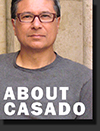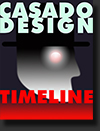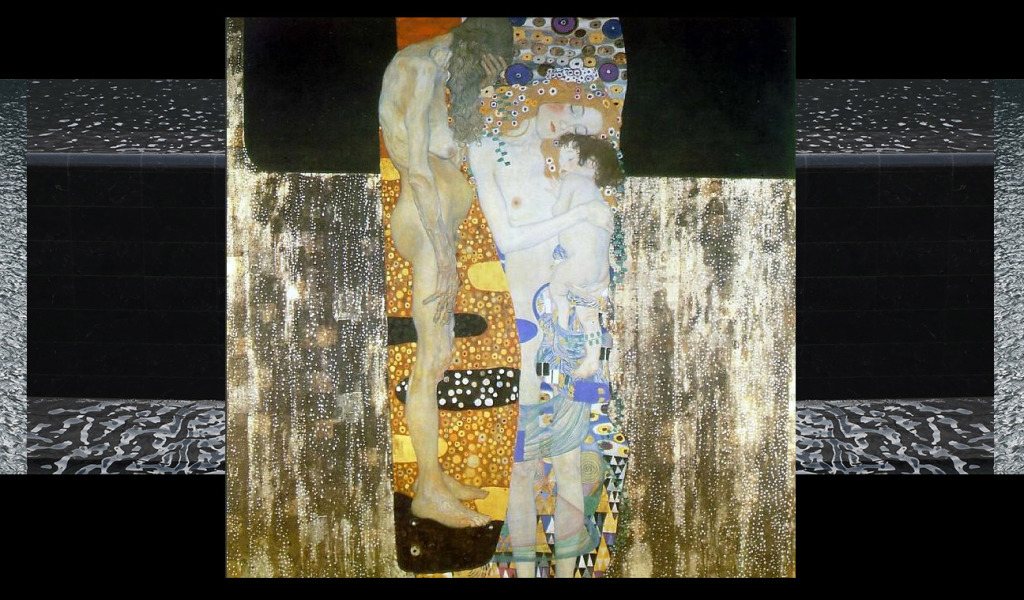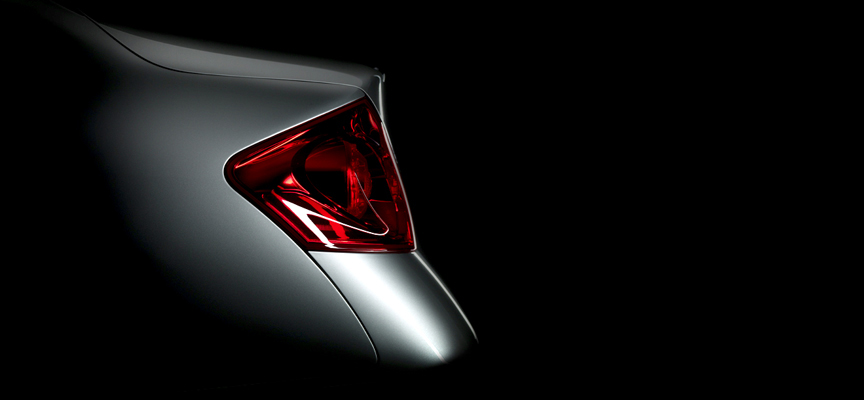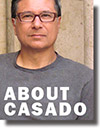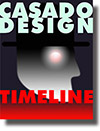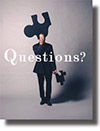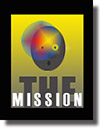Art meets Science.
It’s a complicated subject at best. As designers, we struggle with the pressure of the current trends verses logical problem solving or the idea that form follows function. Historically, architectural movements lead the way for other design disciplines such as graphic design, industrial design and product design. The best example was the Deco period of the 30’s. We have great examples all over the world of Deco Architecture. I was recently in Vienna and took a tour of their architecture styles. It came to me as I was walking that all these Deco buildings could be interchanged around the world. It was an universal movement. The 1900’s brought the Symbolist and Art Nouveau periods which help create the art movements from the French, Russian and Belgian artists. Furniture design is always a good indicator of a trend. All of these movements were fundamentally artistic or stylistically driven. Every country has movements that are all well documented today.
Now comes “form follows function” which was coined by Louis Sullivan and his article “The Office Building Artistically Considered” in 1896. He said that architecture should be solid, useful and beautiful. This actually goes back to the Roman architect Marcus Vitruvius Pollio. Anyway, Sullivan developed the tall steel skyscrapers in the late 19th century Chicago. Sullivan’s assistant at the time was the great Frank Lloyd Wright, who adopted a similar approach.
I first became aware of the debate over the Modernist movement verses the artful one when I started studying Bauhaus. Bauhaus was a German art school founded by Walter Gropius, from 1919 to 1933, and the name means “house of construction”. It became a large influence on all the arts of the period including Industrial design and even Typography- i.e. the Helvetica Hass type face. It ended in the hands of architect Mies van der Rohe. I became such a believer in the Bauhaus approach that I decided to leave The Art Center College of Design and transfer to the Ulm School of Design in Ulm, Germany which taught the Bauhaus method of design. The school’s rector was Max Bill. Unfortunately as I sent in my application, I was notified that the school was closing. They did not consider aesthetics to be part of a design concept. This made way for a design methodology that developed into a more analytical approach. Product design by Braun still holds on to the disciplines today. I guess it could be summed up by saying it was art meets science. Check out Le Cobusier, Eero Saarinen and Marcel Breuer.
So now the game
I am forever faced with the dilemma of which approach to take with an assignment when a clients says “ I love blue, can you do something with that?” My mind always starts with form follow function. Now I have to find a way to talk my client out of their vision and understand mine. This conflict also comes up among designers whom want to do something trendy never considering the function. The game of what assignments or projects deserve the artistic direction and which one deserve to be analysis is very obvious to me, but seems to elude others. Today, cars seem to have it all together for the most part. They use the latest technical and scientific developments including ergonomics with consideration for the aesthetics. They use marketing segments to determine who they are aiming the design at and is resolved through the advertising. Recently, American Airlines when through a branding change that made me stop and think for a moment whether they did the right thing. It is very modern and young looking, but they changed one thing that was crucial for me from the original design by Raymond Loewy. The paint on the fuselage of an airplane weights 500 pounds. The original design had no paint and therefore the airlines could carry 500 pounds of additional cargo and was considered genius at the time. Maybe the old version isn’t sexy but it worked for my way of thinking. Today Apple products follow my personal approach – Form follows function follows beauty.
The takeaway
The development of your creativity will be focused and faster if you understand where you stand. Is it the artistic approach or an analytical one? I guess you know where I stand.
